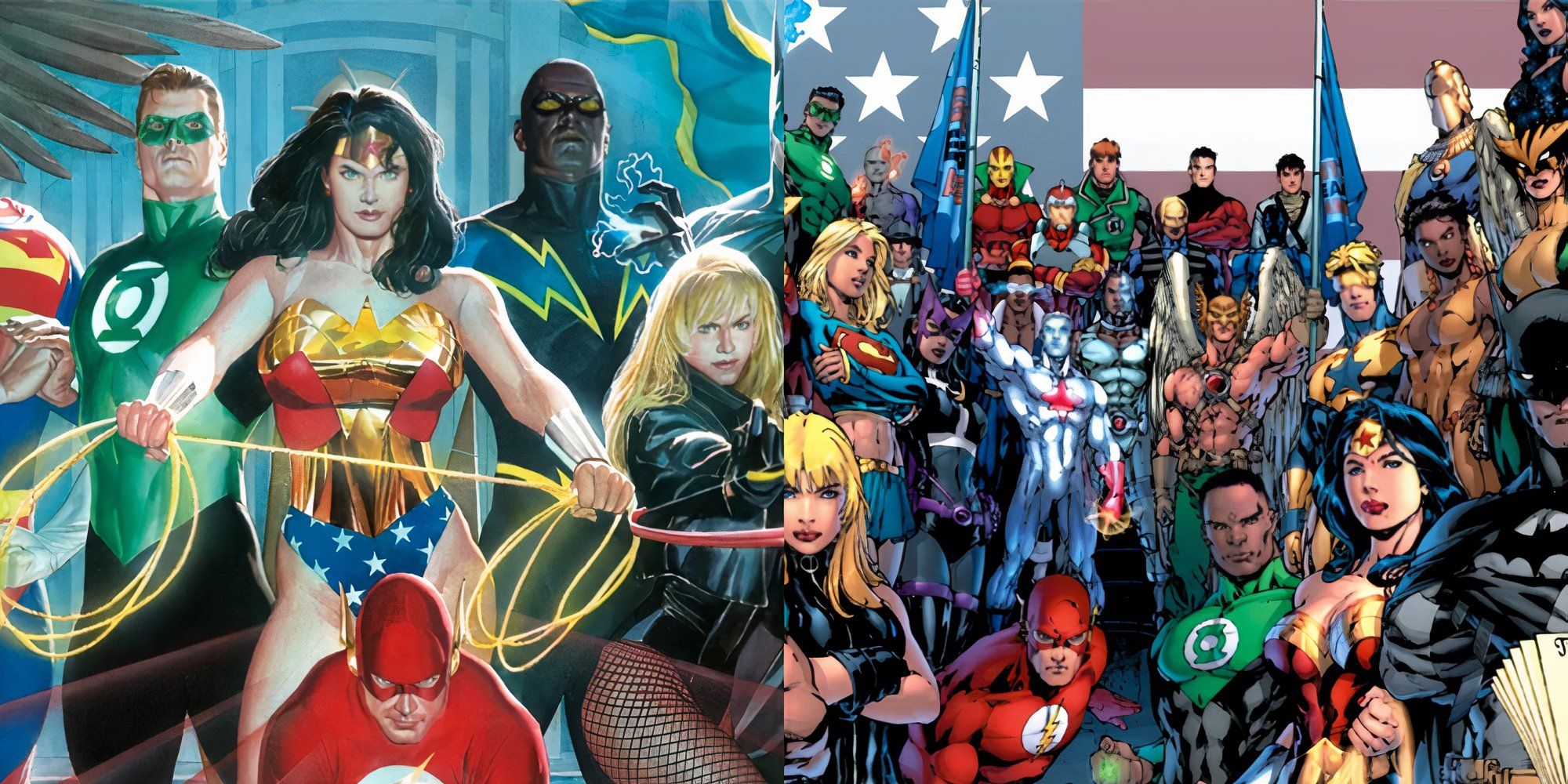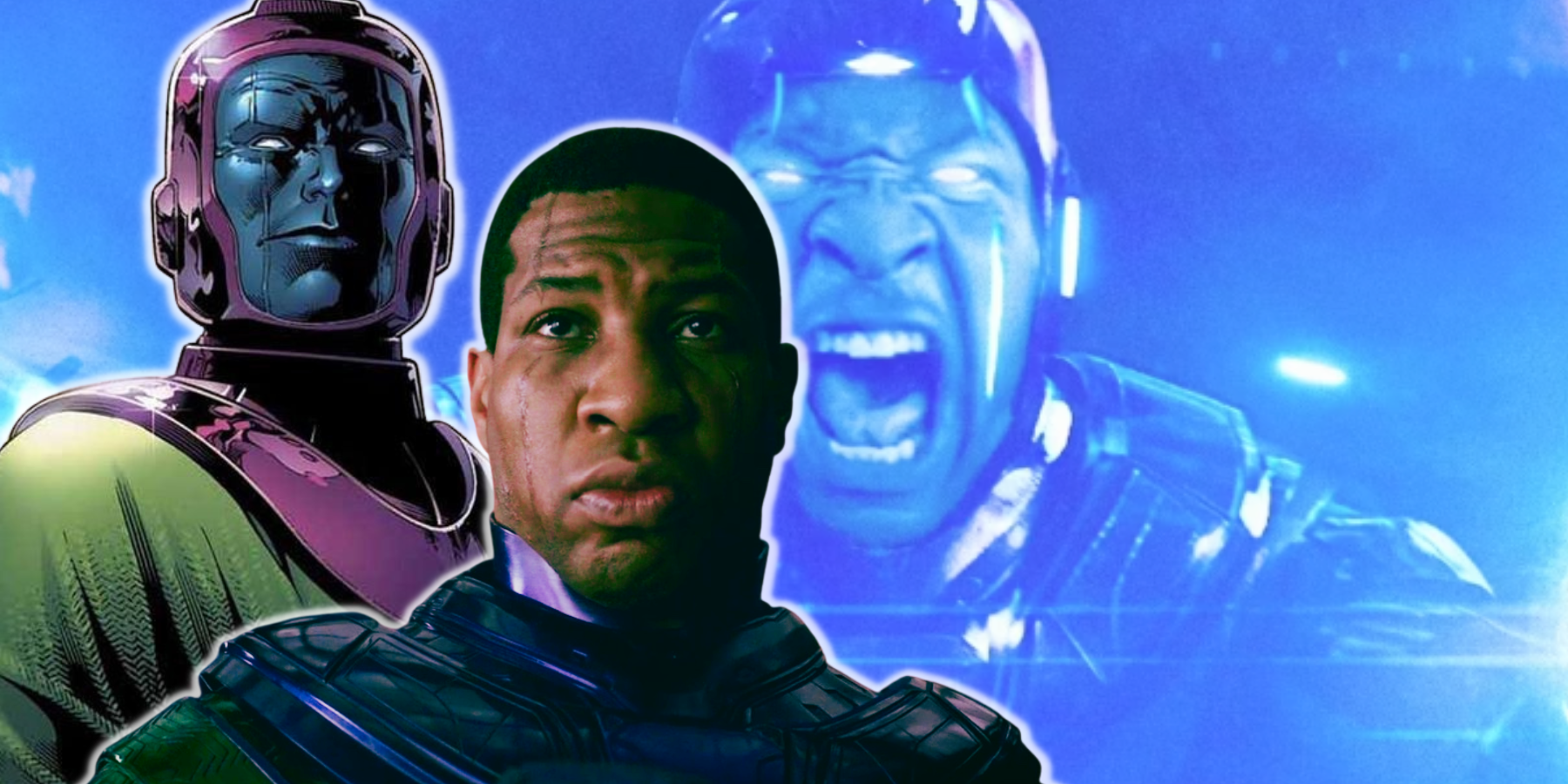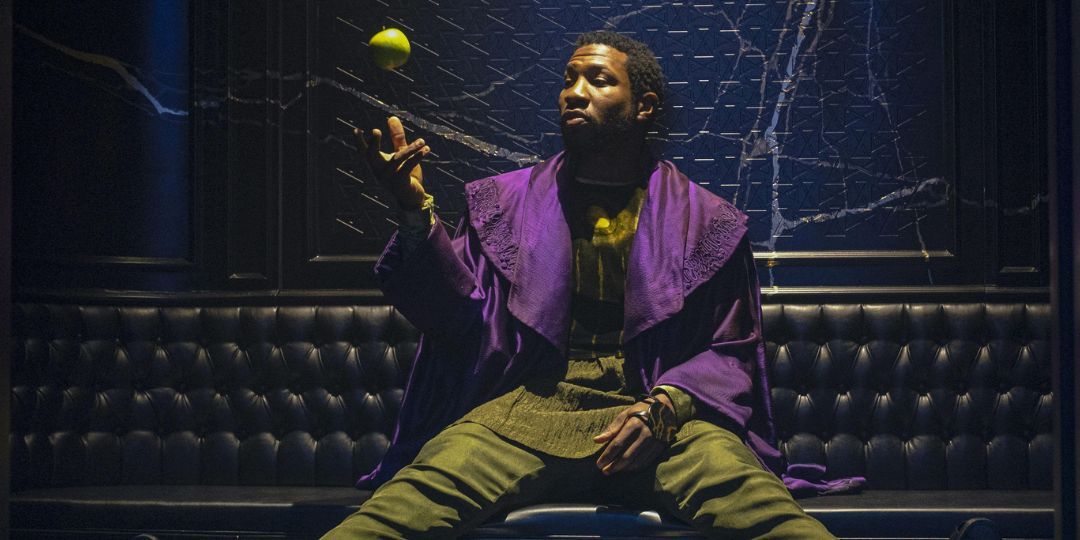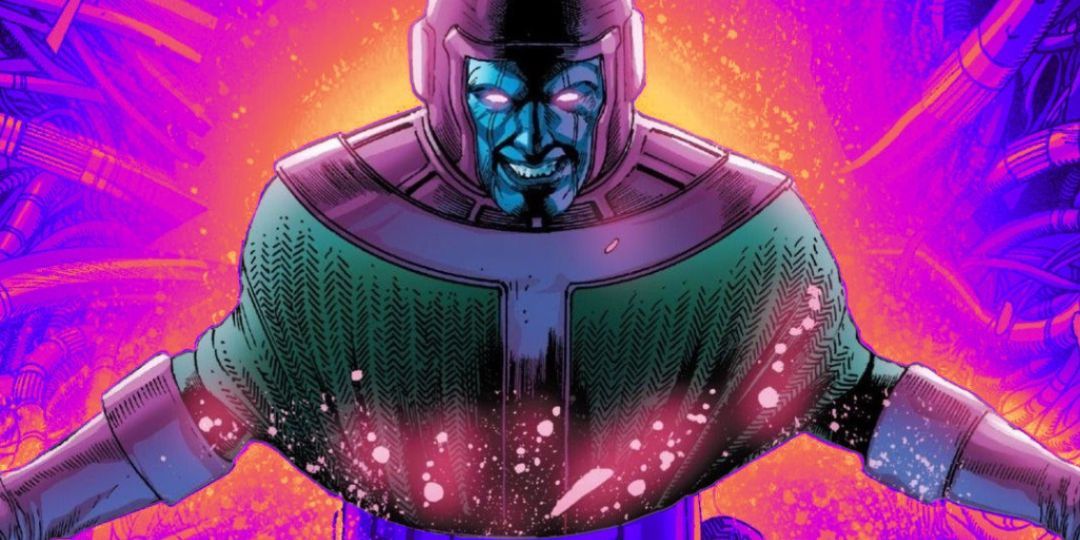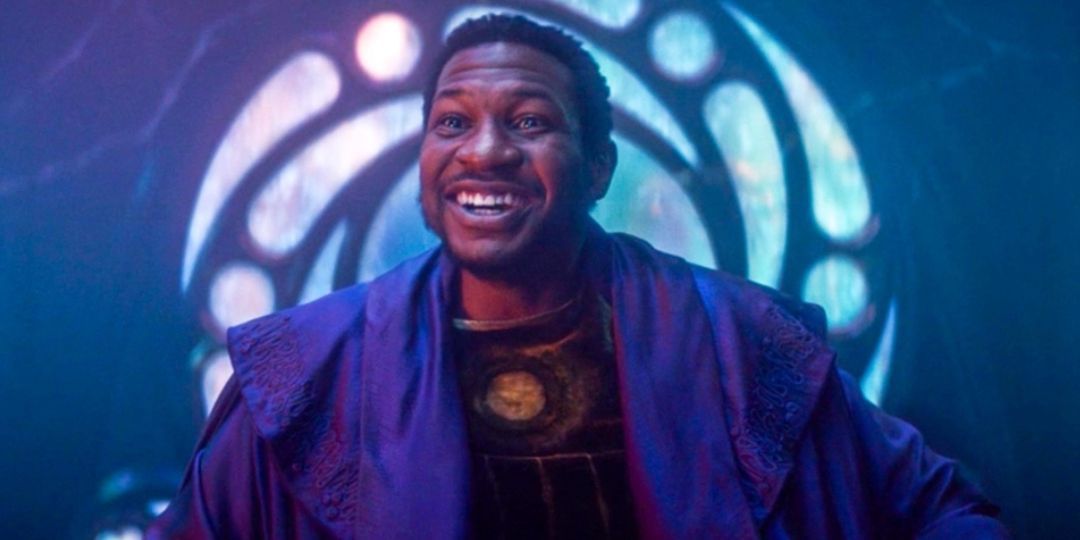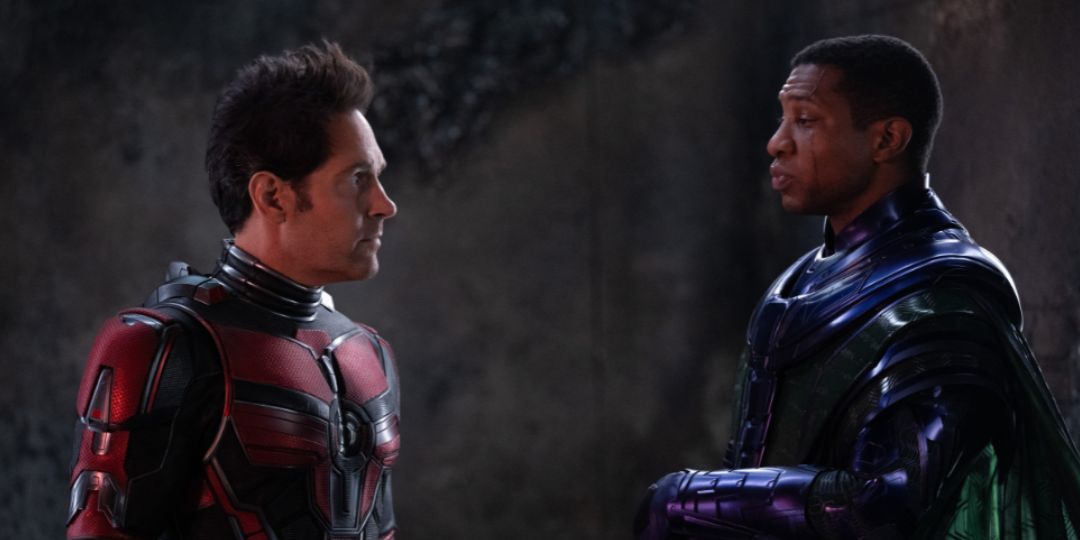Jonathan Majors (Lovecraft Country) first appeared in the Marvel Cinematic Universe (MCU) in the finale of Loki’s first season, but Ant-Man and the Wasp: Quantumania marks his big-screen MCU debut. Known simply as “He Who Remains” in Loki, Majors’ enigmatic Kang the Conqueror is also the new big bad of the MCU, which makes his appearance in Ant-Man 3 all the more thrilling.
And while slipping into Thanos’ (Josh Brolin) shoes is no easy feat, the time-traveling, multiverse-savvy Kang the Conqueror is certainly up to the task. Here’s what to know about Kang the Conqueror — both the character from Marvel Comics lore and the MCU.
Kang The Conqueror, Explained
Like many characters from the pages of Marvel Comics, he’s undergone quite a few reinterpretations and retcons over the years. Introduced in 1963, Kang originally went up against the Fantastic Four. A criminal from the 31st century, Kang traveled through time and seized control of an ancient kingdom in Egypt. Dubbing himself Rama-Tut, the false pharaoh ended up evading the Fantastic Four — who were traversing time for their own purposes — by fleeing back to the future.
But Kang made a pretty big mistake: instead of arriving back in his own time, he landed in a world ravaged by war — a full millennium after his time. On the plus side, Kang was able to, once again, seize control thanks to his familiarity with tech and knowledge that was virtually nonexistent in this post-apocalyptic Dark Age. At this point, he took up the mantle of Kang the Conqueror. Of course, ruling over a ruined wasteland isn’t really the greatest of achievements, so the time-traveling conqueror headed to the 20th century instead where he, eventually, duked it out with the Avengers.
But Kang has taken on other roles and names, too. In another version of events, Rama-Tut didn’t flee the Fantastic Four become Kang the Conqueror. Instead, he kept traveling the timeline. As he aged, he sought immortality, which led him to Limbo. Much like the MCU’s Quantum Realm — the main setting of Ant-Man 3 — the Limbo of the Marvel Comics exists outside of the multiverse. Rama-Tut was then recruited by the Time Variance Authority (TVA) — most MCU viewers know of this organization thanks to Loki — and tasked with maintaining the timeline. Known as Immortus, this version of the character ended up thwarting other versions of himself in order to fulfill the TVA’s mission.
Another version of Rama-Tut from another off-shoot timeline runs into Doctor Doom, the Fantastic Four’s primary antagonist, while traversing time. Inspired by Doctor Doom’s look, this Rama-Tut fashions himself an armored outfit, calls himself Scarlet Centurion, and travels to another version of Earth to convince the Avengers that he’s a superhero from the future. The plan? Use his fabrications to pit one multiverse’s Avengers against another team of Avengers.
Other variations of Kang include Iron Lad, a teenage version of Kang who’s visited by his future self and who ,after being disturbed by the prospect of becoming a time-hopping warlord, becomes a member of the Young Avengers; Mr. Gryphon, high-powered 21st-century CEO who uses his wealth to hinder the Avengers; Chronomonitor #616, a TVA employee version of the character who abuses his power and gets stuck in a Prometheus-like time-loop as a form of punishment; and Victor Timely, a version of Kang who founds a town and a company (both named for himself) in the 19th century and, thanks to his anachronistically advanced tech, makes the whole world dependent on his products, well before the Avengers or Fantastic Four form.
Who Is Kang The Conqueror In The Comics?
Despite all of these variations on the character, Kang the Conqueror’s many selves — across all the multiverses and timelines — stem from one person. And that person is, in fact, a human: Nathaniel Richards. If that last name sounds familiar, it’s probably because Nathaniel Richards is a descendent of Reed Richards — a.k.a. Mister Fantastic.
It’s a funny twist of fate that this 31st-century time traveler is a descendant of the Fantastic Four’s de facto leader. Even more coincidental? Nathaniel Richards starts his time-hopping journey after finding a time-travel device created by none other than Doctor Doom, the Fantastic Four’s arch nemesis. So, although he’s gone by many, many names, Kang the Conqueror is, at the end of the day, the human Nathaniel Richards.
Is Kang Human In The MCU?
Yes, Kang is a human in the MCU, too. But the screen version of the character still doesn’t have a one-to-one comic book counterpart. Unlike in the MCU, the He Who Remains and Kang of the comics aren’t one and the same. Yes, Kang takes on many monikers, but that isn’t one of them. Instead, He Who Remains is Kang’s boss — well, the Immortus version’s boss, anyway — and founder of the Time Variance Authority, or TVA. Eager to keep the timeline neat, He Who Remains from the comics does bear some resemblance to the version of He Who Remains that Majors plays in Loki.
In fact, the MCU’s version of He Who Remains takes some of the character’s original traits and intentions and combines them with those of Kang the Conqueror. More specifically, the mission the character embarks on with The Council of Kangs, which sees one Kang — let’s call him Kang Prime — trying to prune the timeline of all the “lesser” versions of himself. In Loki, Majors’ He Who Remains (a.k.a. Kang the Conqueror) keeps the Sacred Timeline orderly, too.
Allegedly, the MCU’s He Who Remains wants to stop other versions of himself from altering the timeline or wreaking general multiversal havoc. He explains to Loki and Sylvie (Sophia Di Martino), a Loki Variant, that he was a 31st-century scientist who discovered the existence of the Multiverse and his other selves, or Variants. At first, these Variants shared knowledge and co-existed harmoniously — until some saw the potential in conquering other worlds.
To end the so-called Multiversal War, He Who Remains/Kang harnessed the power of Alioth — a creature that can consume time and space — to compress many realities into one timeline. In order to protect this Sacred Timeline from ill-intentioned Variants, he created the TVA. Of course, He Who Remains/Kang’s plan goes south when Sylvie kills Majors’ character in the Loki Season 1 finale. This allows those other versions of Kang to run rampant and seize control of the TVA — and, by extension, the timelines and multiverse.
The version of Majors’ character in Ant-Man 3 is one of the few Nathaniel Richards Variants in the MCU that sought to conquer the many worlds of the Multiverse. As a result, he became known as Kang the Conqueror and, without getting into spoilers, was exiled to the Quantum Realm, where he meets Scott Lang/Ant-Man (Paul Rudd) and co. in Ant-Man and the Wasp: Quantumania.
Does Kang Have Superpowers?
Nathaniel Richards isn’t born with any innate superpowers. However, in Ant-Man 3 Kang the Conqueror uses a neuro-kinetic armor that provides him with superhuman abilities, including superhuman strength, reflexes, and durability. Kang’s armor also allows him to fire beams, one-shot blasts, and shockwaves of blue energy at his enemies as well as generate protective force-fields, blue energy platforms, and portals that teleport him wherever he chooses.
Finally, the armor allows Kang the Conqueror to unleash crushing telekinetic attacks with just a few simple hand gestures. While those gestures may not be an Infinity Gauntlet snap, Kang the Conqueror’s armor-based superpowers definitely make things challenging for the heroes of Ant-Man and the Wasp: Quantumania.
Released on February 17, 2023, Marvel Studios’ Ant-Man and the Wasp: Quantumania is in theaters now.

